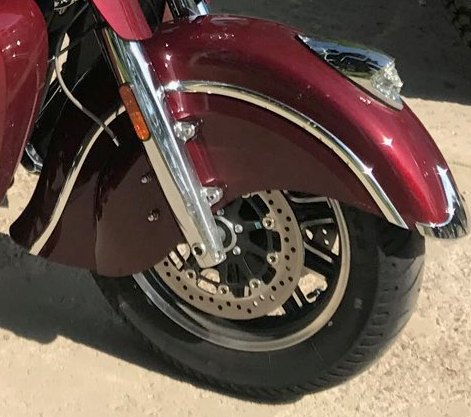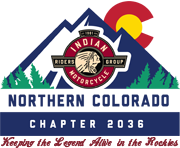
Your motorcycle is one of the most NEGLECTED items in the risk mitigation process – yet any rider who ignores this vital point, out of complacency, laziness or some idea of being “so experienced” that they can lessen its’ impact is fooling him or herself. The Motorcycle Safety Foundation teaches us the acronym T-CLOCS in conducting the pre-ride inspection of the bike. The first, “T”, is for TIRES/WHEELS, the most important, in my opinion, of your pre-ride inspection.
CHECKING TIRE PRESSURE IS THE MOST IMPORTANT TIRE MAINTENANCE FUNCTION YOU CAN PERFORM; essential to ensuring safe handling and control of the motorcycle, yet this is one of the most ignored checks in the pre-ride inspection. Invest in a quality tire pressure gauge to ensure precise measurements. Remember tire pressure is checked on cold tires. Checking the pressure after the bike has been ridden a few miles will give you skewed readings.
Keep in mind that hard cornering, passengers, heavy loads and sustained high speeds will require higher pressures (up to that indicated on the sidewall). Never exceed maximum load indicated on tire sidewall or vehicle capacity load found in owner’s manual, whichever is lower.
Under-inflated tires can result in imprecise cornering, higher running temperatures, irregular tread wear, fatigue cracking, over-stressing and eventual failure of the tire carcass, or loss of control, which could cause accident, injury or death.
Over-inflating tires does not increase load-carrying capacity, but will result in a hard ride, accelerated tire wear and ultimately reduces the amount of the contact patch.
What is being illustrated here is that you MUST check your tire pressure on a regular basis (about once a week is reasonable during summer months and daily during the cold temperature months). It is very common for tires to leak air at a higher rate during cold days.
While you’re down there checking pressure, look at your tires and wheels for any signs of damage. Look at your tread-depth. This check only takes a few minutes and is one of the biggest risk mitigation measures you can perform as a rider.
Until next time, Ride Safe!

